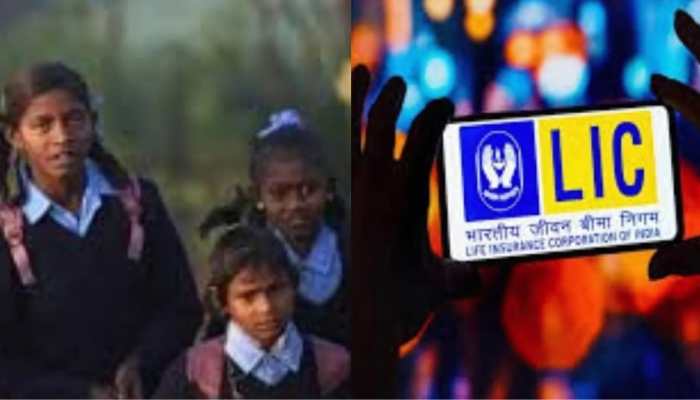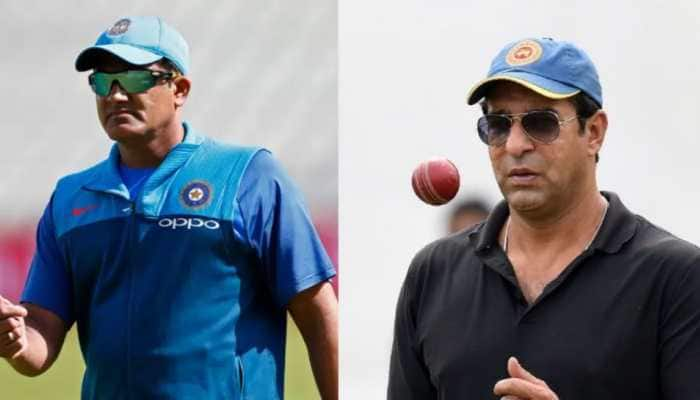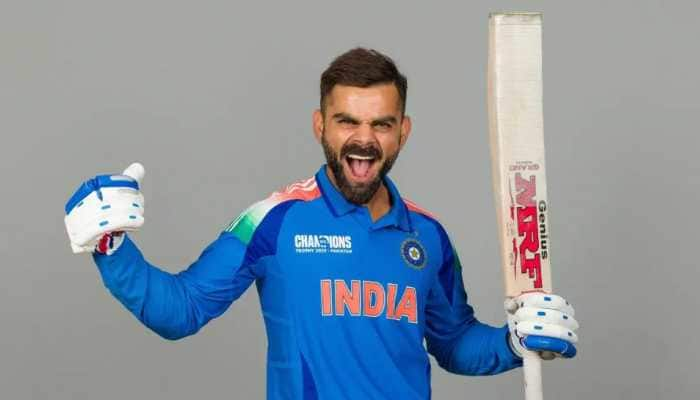`India faces huge blood donation deficit`
India faces a whopping blood deficit of approximately 30-35 per cent annually.
Trending Photos
)
 Ankita Chakrabarty/ Zee Research Group/ Delhi
India faces a whopping blood deficit of approximately 30-35 per cent annually. The country needs around eight to 10 million units of blood every year but manages a measly 5.5 million units. On top of it, there exists mind-boggling gender disparity among blood donors. 94 per cent of blood donations in the county are made by men while women contribute only six per cent, as reported in the World Health Organization’s (WHO) global database on blood safety updated in June 2011.
As per WHO standards, India’s demand for blood and blood components should be one percent of the total population. The Ministry of Health and Family Welfare as on December 2011states that there are 2545 licensed blood banks in India with 1549 private blood banks and 996 government blood banks.
While lack of blood banks is an impediment, ill-informed and outdated public perceptions on blood donation haven’t helped the matters. “Most people think that donating blood would lead to some kind of health problem and weakness. Such an attitude not only shows a mental block but also lack of awareness. People are not familiar enough about the importance of donating blood”, commented Dr. Sangeeta Agarwal, consultant hematology and blood bank at Fortis Escorts Heat Institute, New Delhi.
A detailed state-wise analysis shows that Maharashtra at 290 tops the chart with maximum number of blood banks followed by Tamil Nadu at 273 and Andhra Pradesh at 270 respectively. The irony, however, is that few north eastern states like Manipur, Meghalaya have less than ten blood banks while union territories Daman and Diu and Lakshadweep have either a single blood bank or even lack that. Lakshadweep has no blood bank.
Globally, countries like USA, Zimbabwe, and the Republic of Moldova have reported more blood donations from two women than man. 71 per cent of blood donors in Moldova were women and only 29 per cent was donated by the men. In the US, there exists parity between men and women donors with the latter contributing 50.1 per cent of the total donors.
That only 6 per cent of women in India donated blood is also a reflection on the state of the health of our women, most of them facing under nourishment and other typical health problems aggravated due to gender discrimination and vulnerability. “It is not at all genuine that Indian women are not coming up to donate blood; the percentage is low as they are deferred due to physiological problems. Most of them have low hemoglobin count and fail to meet the minimum requirements to donate blood and hence the percent count is low,” said an optimistic Dr. Anju Verma, Chief Medical Officer at Rotary Blood Bank, Delhi.
However, the silver lining is that India reports the greatest increase in the number of voluntary unpaid blood donations from 3.6 million in 2007 to 4.6 million in 2008. The World Health Organization’s (WHO) goal is for all countries to obtain all blood supplies from voluntary unpaid donors by 2020.
Ankita Chakrabarty/ Zee Research Group/ Delhi
India faces a whopping blood deficit of approximately 30-35 per cent annually. The country needs around eight to 10 million units of blood every year but manages a measly 5.5 million units. On top of it, there exists mind-boggling gender disparity among blood donors. 94 per cent of blood donations in the county are made by men while women contribute only six per cent, as reported in the World Health Organization’s (WHO) global database on blood safety updated in June 2011.
As per WHO standards, India’s demand for blood and blood components should be one percent of the total population. The Ministry of Health and Family Welfare as on December 2011states that there are 2545 licensed blood banks in India with 1549 private blood banks and 996 government blood banks.
While lack of blood banks is an impediment, ill-informed and outdated public perceptions on blood donation haven’t helped the matters. “Most people think that donating blood would lead to some kind of health problem and weakness. Such an attitude not only shows a mental block but also lack of awareness. People are not familiar enough about the importance of donating blood”, commented Dr. Sangeeta Agarwal, consultant hematology and blood bank at Fortis Escorts Heat Institute, New Delhi.
A detailed state-wise analysis shows that Maharashtra at 290 tops the chart with maximum number of blood banks followed by Tamil Nadu at 273 and Andhra Pradesh at 270 respectively. The irony, however, is that few north eastern states like Manipur, Meghalaya have less than ten blood banks while union territories Daman and Diu and Lakshadweep have either a single blood bank or even lack that. Lakshadweep has no blood bank.
Globally, countries like USA, Zimbabwe, and the Republic of Moldova have reported more blood donations from two women than man. 71 per cent of blood donors in Moldova were women and only 29 per cent was donated by the men. In the US, there exists parity between men and women donors with the latter contributing 50.1 per cent of the total donors.
That only 6 per cent of women in India donated blood is also a reflection on the state of the health of our women, most of them facing under nourishment and other typical health problems aggravated due to gender discrimination and vulnerability. “It is not at all genuine that Indian women are not coming up to donate blood; the percentage is low as they are deferred due to physiological problems. Most of them have low hemoglobin count and fail to meet the minimum requirements to donate blood and hence the percent count is low,” said an optimistic Dr. Anju Verma, Chief Medical Officer at Rotary Blood Bank, Delhi.
However, the silver lining is that India reports the greatest increase in the number of voluntary unpaid blood donations from 3.6 million in 2007 to 4.6 million in 2008. The World Health Organization’s (WHO) goal is for all countries to obtain all blood supplies from voluntary unpaid donors by 2020.
Stay informed on all the latest news, real-time breaking news updates, and follow all the important headlines in india news and world News on Zee News.
Advertisement
Live Tv
Advertisement







)
)
)
)
)
)
)
)
)
)
